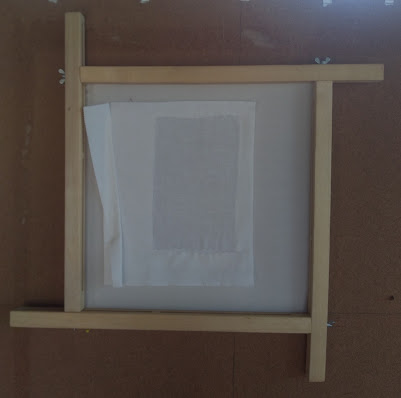The Legend of the Turtle
In a dark hollow beneath the forest, an egg began to wobble.
The force of the movement caused it to roll a bit in the dark moist dirt. A
crack appeared. Then another.
Nothing happened for a few moments, as if the egg needed to
rest.
Then a gentle wiggle, and a whop, as the crack grew wider.
Suddenly a claw emerged, with long nails, curved and sharp.
The claw was ugly, as if to proclaim the emergence of a horrid creature.
But what followed the claw from the crack in the shell, was
a beautiful creature. So stunning in its beauty it shone brightly in the
darkness.
Little by little the creature made its way to the opening in
the hollow, as if by instinct, seeking the light, and following it to emerge
into the brightness of a green spring.
Blinking its eyes against the harsh light, the little
creature became aware of hunger. Far in the distance it spied a bush, laden
with bright berries. The bush with its fruit beckoned to the creature, as if in
invitation, to tea.
As lovely as the creature was, it felt sluggish, and moved
slowly. So slowly did the creature move, it caught the attention of a hawk.
The hawk saw the beauty of the creature and cried to its
friends: “I will win the day, for I’ve found the most beautiful creature on
earth, and when I swallow it, the beauty will be within me, and I will win the
day!”
The creature heard this cry and cowered under the leaf,
afraid to move any further.
Then, as it quivered in fear, it attracted the attention of
the snake. The snake cried: I will win the day!
I see a creature of such great knowledge, and when I swallow
it, I will be the smartest creature on earth, and will win the day!”
The creature stilled its tremors and avoided discovery by
the snake.
As happens in the forest, a fox smelled a tantalizing aroma,
and lifted his head to focus on the source.
He howled: I have found the most delicious, fresh meat! When
I swallow it, I will become the craftiest creature of the forest and will win
the day!
The creature froze, trying to make itself as small and
insignificant as possible, away from the sky and its flying dangers, away from
the land and the crawling demons, away from the forest with its gaping jaws.
Then the creature looked at the bush, with the berries, so
far away. I am so hungry, it said. Surely, I will die if I can’t eat those
berries. But I am so afraid. I am too slow, too beautiful, and too wise for
this world. I will surely die. Weary with the struggle, the creature fell to
sleep, with only a prayer in its heart to the everlasting Father of the forest
and all creatures.
Later when the creature awoke, the first thing it saw was
the bush with the wonderful berries. Hunger forced it to move. But it was even
slower than before its nap. Still, it struggled forward.
The hawk swooped upon the creature, and just before grabbing
it up in his talons, saw only a rock. I was mistaken, he surmised. It happens.
The creature moved forward a few more steps, attracting the
attention of the snake, who slithered forward, with the taste of the creature
on its tongue. But when the snake was ready to strike, all he saw was a rock. I
was mistaken, he surmised as he slithered away. It happens.
Hunger screaming in its belly the creature ventured forward
a few more steps. Aha, said the fox. There you are! But just as the fox
prepared to pounce, he saw only a rock. Harrumph, said the fox. I suppose I was
mistaken. It happens. And he darted off to chase a butterfly.
Whew, close call, said the creature. Ever so slowly it took
a few more steps and realized he was directly beneath the berry bush. At last!
Thank you, dear Father of the forest. I am saved! He cried.
Thus, the turtle spent the summer in glorious splendor,
eating and smiling. He filled his belly full for another long winter sleep in
the hollow, under the floor of the forest.


















.jpg)





















